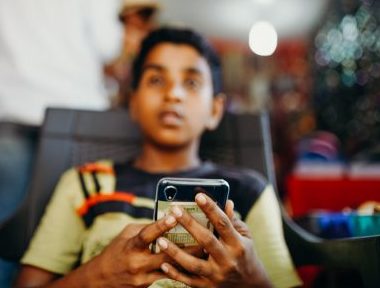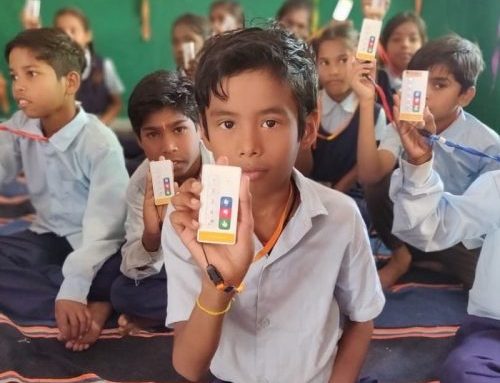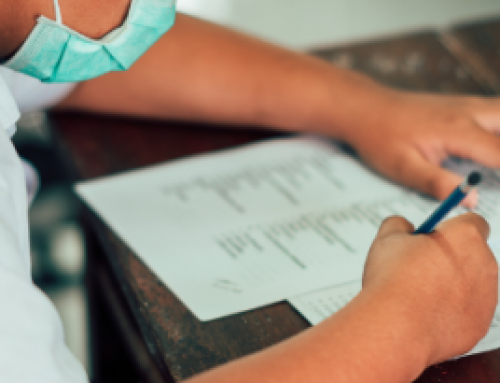Since the onset of the COVID-19 pandemic, much has been written about potential learning loss, and a number of studies are measuring student engagement in distancing learning programs. But until now (as far as the authors know), no one has tried to measure directly whether kids are gaining or losing learning during school closures. With an existing learning crisis and acute educational inequality, it’s vital to rapidly generate data on which children are most at risk of falling irreparably behind and dropping out of school; which children are likely to be most disadvantaged by upcoming high stakes exams; and which distance learning programs are most effective.
Using lessons from early movers in Botswana, together with the extensive literature on face-to-face oral assessments, the authors conclude that, “yes,” they think it is possible to measure learning by phone and have published some preliminary principles and discussion in a new working paper. Read this Center for Global Development blog for a quick summary of the five tips, which they hope are helpful for those embarking on their own efforts of assessment through phones.
About the authors
Noam Angrist, Peter Bergman, David Evans, Susannah Hares, Matthew Jukes and Thato Letsomo




